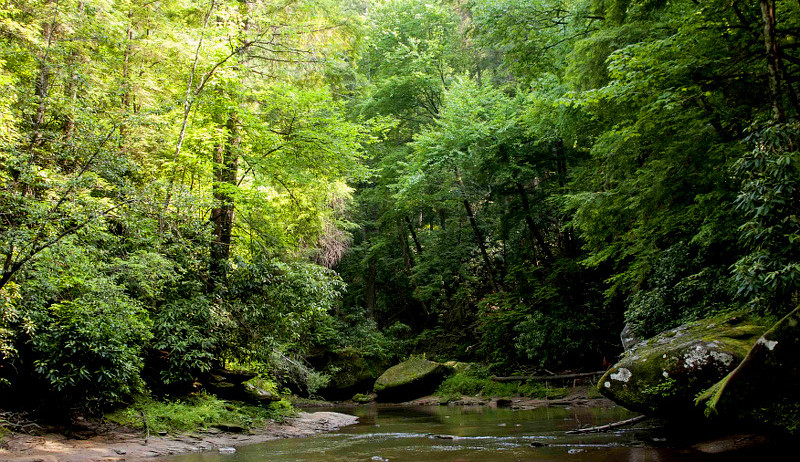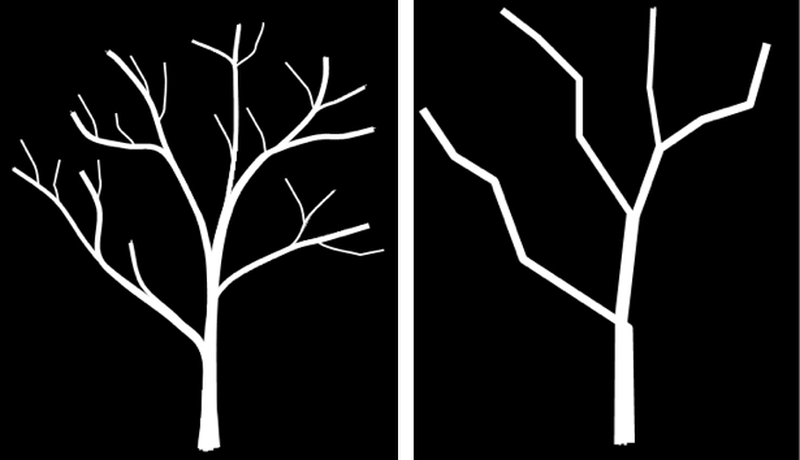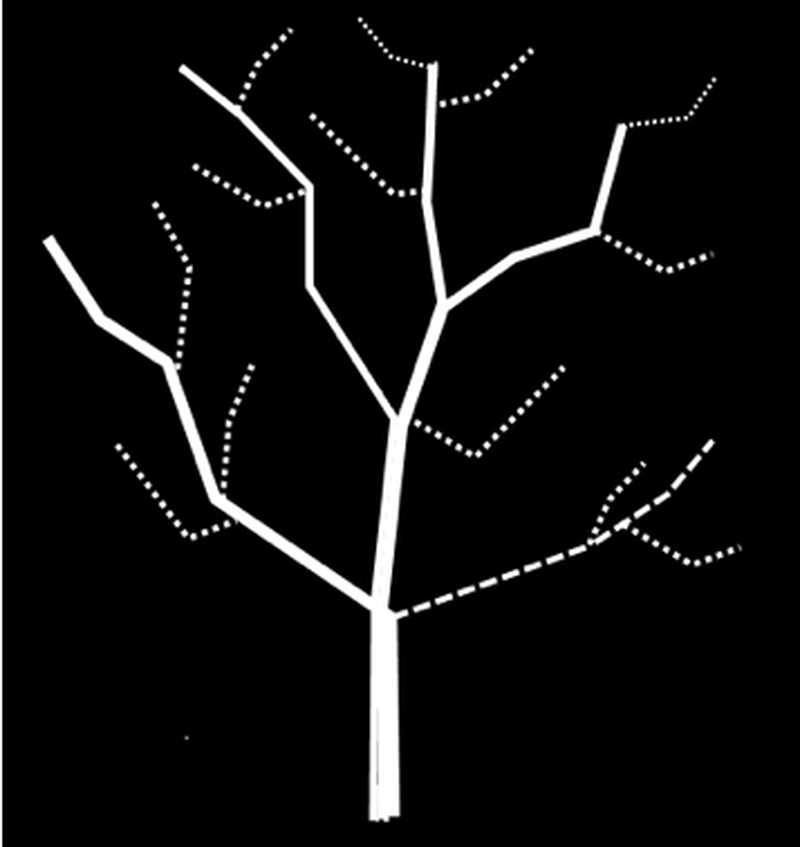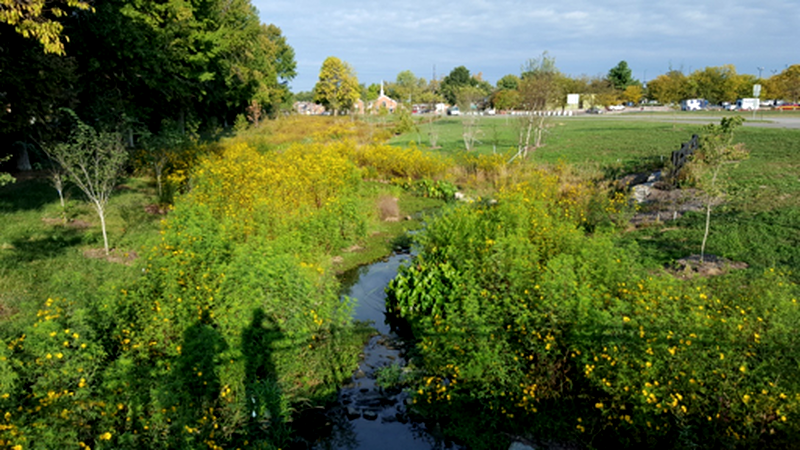
Water, water, everywhere,
Nor any drop to drink.
Samuel Taylor Coleridge wrote these lines in the Rime of the Ancient Mariner some 220 years ago, referring to the nonpotable salt water that engulfed sailors aboard a long and tumultuous voyage. This old line still resonates today—as dramatically as flood victims scrambling for survival, and as mundanely as children playing along creeks in suburban backyards. In modern civilization, water quality and quantity have been taken for granted. Fresh, clean, flowing water once was a reason for settling a town. Now, streams that flow through cities carry all kinds of pollution, making the water unsafe to drink and in many cases unsafe to touch. It’s hard to believe that this is the case in developed nations like ours, but because of this same development we still must handle our water as the very precious resource that it is.

Water Quality Basics
Water pollution that we can’t blame on anyone in particular is known as nonpoint source pollution. It comes from everywhere that people live and work: farms, feedlots and factories as well as neighborhoods, shopping centers, parking lots, schools, restaurants and much of the green spaces in between. By-products, chemicals, bacteria, viruses and trash wash into storm drains that empty back into the creeks and gullies, which lead to rivers, which drain out to the ocean. On a small scale, you can observe watershed action in your own yard. Watch water pool on a driveway, then run along a curb or down a slope until it reaches bare ground and creates a mud puddle. That mud puddle will let water soak into the ground, and in the best of all scenarios, the plants and soil will filter much of the waste before the water moves into an underground aquifer or joins a tributary leading to a river.
Every drop of water that doesn’t soak in is considered runoff. Runoff does exactly that—runs off the surface and takes with it the oil or antifreeze that your car leaked on the driveway; the herbicide and pesticide residues from your lawn and garden; the soapy tar that you spray off your car when you wash it; and a huge amount of dog and cat waste from yards, parks and greenways. That’s the water quality problem. Water quantity is different. The more impermeable areas (pavement, roofs, hard surfaces), the more runoff, which leads to more water in the streams, gullies, creeks, rivers and floodplains.
Another major water pollution problem in certain cities is sanitary sewer overflows. (The term “sanitary sewer” might sound like an oxymoron.) The idea is that our toilet water should be kept separate from our stormwater and must be treated to remove harmful components, therefore making it sanitary before it is released into the streams, rivers and drinking water sources. In cities where too much stormwater surges in at one time, the sewers back up and overflow into the streams. These cities are working to correct the problems, but the streams should be off-limits for skin contact, especially for a day or two after a rain.
Natural Solutions
In nature, the water cleaning process happens incrementally, with many, many bioremediation steps along the way. Wetlands act as sponges, and aquatic plants act as filters. The physical structure of hundreds of tiny, branching rivulets distribute and share small loads of water, preventing any one lane of water traffic from getting overloaded.

With development, nature’s infrastructure has been manipulated into channels with severe angles, forcing the flow into narrow chutes. The stronger force of water hits soil hard and takes it along for the ride, eroding stream banks and adding sediment to the water, which drastically changes the ecosystem for aquatic life.
Fortunately, an antidote to water pollution, bank erosion and flooding can be as simple as adding plants and doing so in a smart way. This is how we try to repair and restore the broken branches of the natural pattern, so it can be more resilient under pressure. That’s good news for savvy, suburban hobby farmers and gardeners on land that backs up to a stream.

Here are three ways you can use your plants wisely to improve water quality and quantity:
1. Plant A Rain Garden
Locate it where water naturally pools temporarily after a rain event, such as a low spot in your yard. Plant native plants in the rain garden, such as milkweed, coneflowers and bee balm to attract pollinators that will visit your vegetable garden as well. Keep in mind a rain garden is not meant to hold water for more than a day or two, so choose plants that can withstand periods of drought. You might also need to amend your soil to make sure it drains well, typically by adding some sand. A rain garden will slow the flow, giving the water time to seep into the ground slowly rather than run off swiftly.
2. Create A Stream Buffer
A stream buffer’s minimum width is 25 feet on each side of the stream. If you are in the habit of mowing up to the edge of a stream, stop. Let the grasses grow as high as they will. Better yet, replace your turf grass with native grasses, the roots of which will create a strong and deep system that will reduce undercutting. Throw in some colorful wildflower seeds and look forward to the perennial blooms. Mowing might be a hard habit to break, but a little laziness on your part will give the stream a little privacy and natural filtration. Think of it like a green curtain that provides habitat for birds, snakes, turtles, frogs and lots of beneficial insects.

3. Plant A Food Forest
Your stream buffer doesn’t need to be restricted to grasses. Think bigger. Stack layers of trees, shrubs and greens to fill your own foraging basket. In a few years, you could harvest healthy fats and protein from trees such as hazelnuts, walnuts, pine nuts and chestnuts. Even sooner, you could eat the fruit of wild plums, grapes, cherries, paw paws and gooseberries. By next season, you could harvest salads and herbs from the sorrel, lambs’ quarters, chicory and violets. Educate yourself on the abundant variety of plants that serve multiple purposes and blend into a natural landscape. Here’s a great list to get your ideas flowing. To gain a deeper understanding of the potential benefits of applying these ideas to your own backyard, see the resources at the University of Missouri’s Center for Agroforestry.
Ultimately our suburbs could become spaces that nourish people, plants and wildlife as well as clean the air and water. It might sound like a utopian dream, but imagine what your yard must have been like 220 years ago, when Coleridge and European explorers were sailing the seas. For inspiration with approaching your water-conscious landscaping, try to work with nature rather than against it. A contemporary author, Margaret Atwood, writes in The Penelopiad, “Water does not resist. Water flows. When you plunge your hand into it, all you feel is a caress. Water is not a solid wall, it will not stop you. But water always goes where it wants to go, and nothing in the end can stand against it. Water is patient. Dripping water wears away a stone. Remember that, my child. Remember you are half water. If you can’t go through an obstacle, go around it. Water does.”




